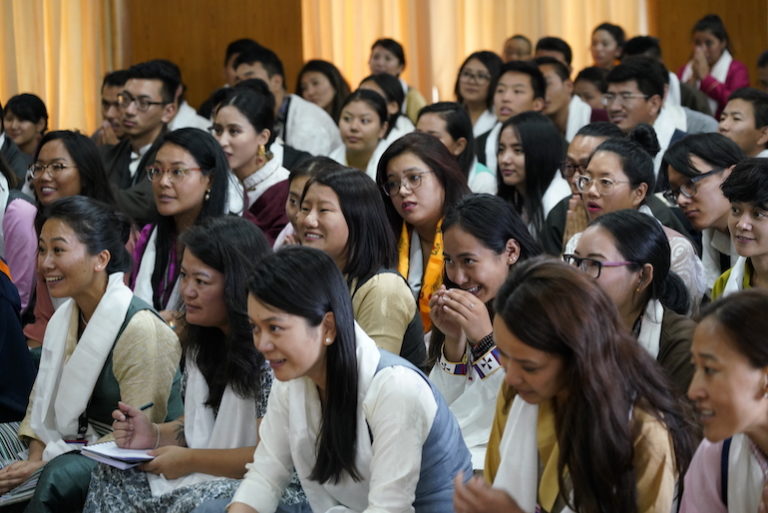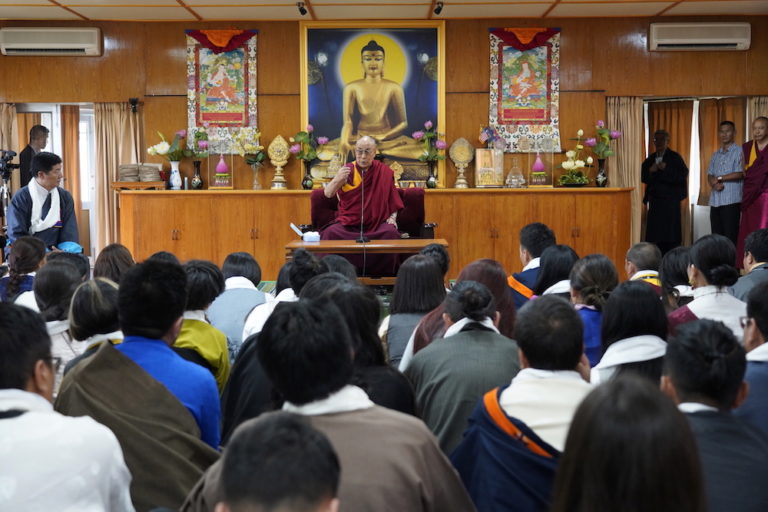
Photo: tibet.net
The second Five-Fifty Youth Forum organised by Central Tibetan Administration was held at the Imperial Heights, Dharamshala from August 17 – 20, with 100 participants from 15 different nations who gathered to discuss the strengthening of the Tibetan freedom movement and its political future.
Speaking at the launch of the conference, Sikyong Lobsang Sangay, President of the Central Tibetan Administration (CTA),welcomed the participants, saying that the vision of forum in shaping Tibet’s political future is inspired by His Holiness the Dalai Lama’s advice, “Hope for the Best and Prepare for the Worst”. He further said, “After years of planning, the Kashag launched the Five-Fifty Vision in 2017. The vision aims to maximise efforts to resolve the Tibetan issue in five years based on the Middle Way Approach while ensuring CTA’s resilience to sustain the Tibetan freedom struggle and preserve Tibetan culture for the next fifty years if needed”.
Also present were Speaker Khenpo Sonam Tenphel of the Tibetan Parliament-in-Exile along with other senior officials of the CTA.

Photo: tibet.net
The Five-Fifty concluded on August 20 with blessings from His Holiness the Dalai Lama. At the 15-minute special audience, His Holiness urged the participants to preserve Buddhist knowledge, “I can say with full conviction that our tradition, which originated in India, particularly the Nalanda tradition, is a valuable treasure for today’s world. My main advice or message is for all of you youths, irrespective of whether you are men or women, monk or nun, to take ownership of this rich tradition”.

Sikyong Lobsang Sangay speaking at the forum
Photo: tibet.net facebook
The first segment of the forum featured plenary sessions on four themes: 1) Tibet and China: Historical ties, Establishing Dialogue with PRC-institutional, civil society, individual level; 2) Young Voices in the Tibetan Freedom Movement: Communication, Advocacy and International Relations; 3) Homeland and Diaspora-building linkages between Tibetans inside and outside Tibet and 4) CTA’s Leadership toward the Five-Fifty Vision-creating visionary leadership and resource mobilisation within and beyond CTA frontiers. The second segment included breaking into sessions to allow the participants to discuss strategic action plans for maximising the potential of Tibetan youth to shape Tibet’s political future.
The third segment to be held in later this year and will focus on strengthening resilience on various fronts.




 Print
Print Email
Email